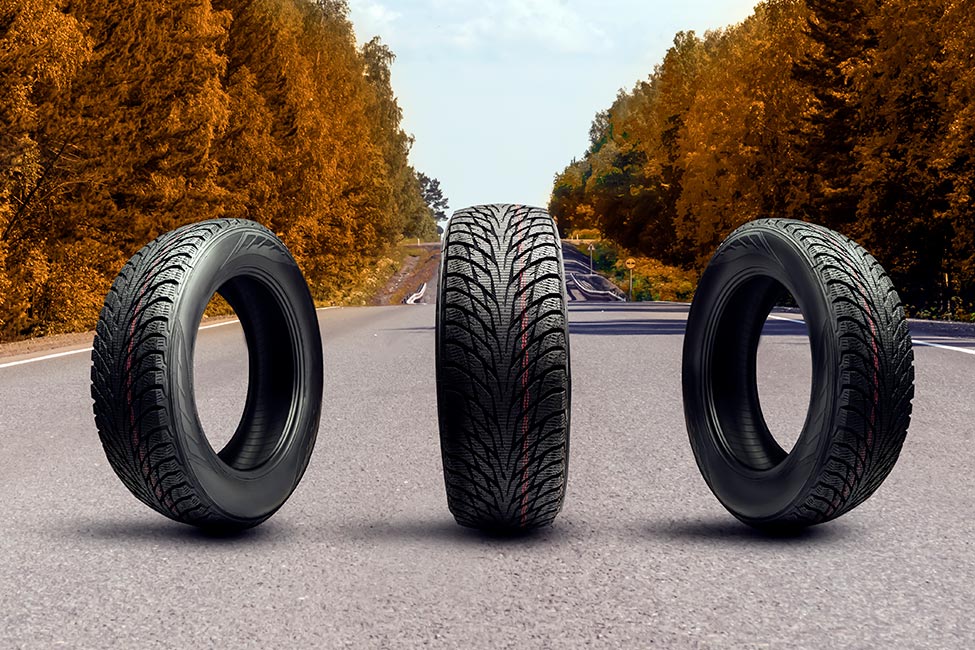Summer tyres, winter tyres or 4-season tyres: how to choose your tyres?
Summer tyres, winter tyres or 4-season tyres: how to choose your tyres?

©Vladimir Razguliaev/iStock
For safety, as well as driving comfort, the selection of your tyres must be done with particular care. Depending on the season and weather conditions, you can equip your vehicle with different types of tyres. Here are our tips for making the right choice between summer tyres, winter tyres and 4-season models.<br />
What are the special features of summer tyres?
Despite its name, a summer tyre is not intended to be used on your vehicle only during the summer season. The design of these tyres ensures great performance when temperatures exceed 7 °C. The tread pattern and rubber composition of summer tyres ensure optimum grip on wet or dry roads.
The rubber tends to harden when the temperature drops below 7 °C outside, and the braking efficiency on wet roads decreases significantly.
Good to know: at a speed of 30 mph on a snow-covered road, it is estimated that the braking distance of summer tyres is 30 m longer compared to the distance of winter tyres.
How do you recognise winter tyres?
The design of winter tyres allows you to drive with an optimal level of safety in winter weather. The use of them is recommended as soon as the temperature falls below 7 °C. The tyre sidewalls have a specific marking that makes them easy to recognise or identify: M+S (Mud + Snow) or 3PMSF (three mountain peaks and a snowflake).
The many various advantages of winter tyres include:
- a dense sipe pattern in the tread that provides excellent grip on muddy, snowy and icy roads;
- a rubber compound that remains flexible even at very low temperatures;
- an aggressive tread pattern with deep grooves to ensure great flexibility on slippery roads.
It is not advisable to use winter tyres during the summer. The rubber on these tyres begins to soften as soon as the temperature rises above 7 °C. The softening results in less effective braking and higher fuel consumption.
Good to know: there are two types of winter tyres: alpine winter tyres designed for the moderate winters of temperate regions and nordic tyres adapted for the most difficult conditions.
Are 4-season tyres a good compromise?
Also known as an all-season tyre, the 4-season tyre is a hybrid tyre type. It sits in between a summer tyre and a winter tyre, combining both tyre technologies. As far as temperature is concerned, the ideal operating range is between -10 °C and 30 °C. Although it does not perform as well as a winter tyre in snow, it offers greater safety and mobility than a summer tyre when driving in similar conditions. On the other hand, all-season tyres have less braking capacity than summer tyres when the temperature rises over 7 °C.
What criteria should you consider when choosing your tyres?
If you are wondering which tyres to fit on your car, you should first consider the seasonality of tyres. You should also take into account your region’s winter weather conditions. For example, if you rarely experience heavy snowfall or icy roads, 4-season tyres are a good choice. That will save you money and the trouble of changing tyres twice a year.
The selection of tyres, especially since they are the only point of contact between you and the road, should be made with particularly special care. Equipping your vehicle with tyres that are suitable for all seasons is essential for safe and comfortable driving.